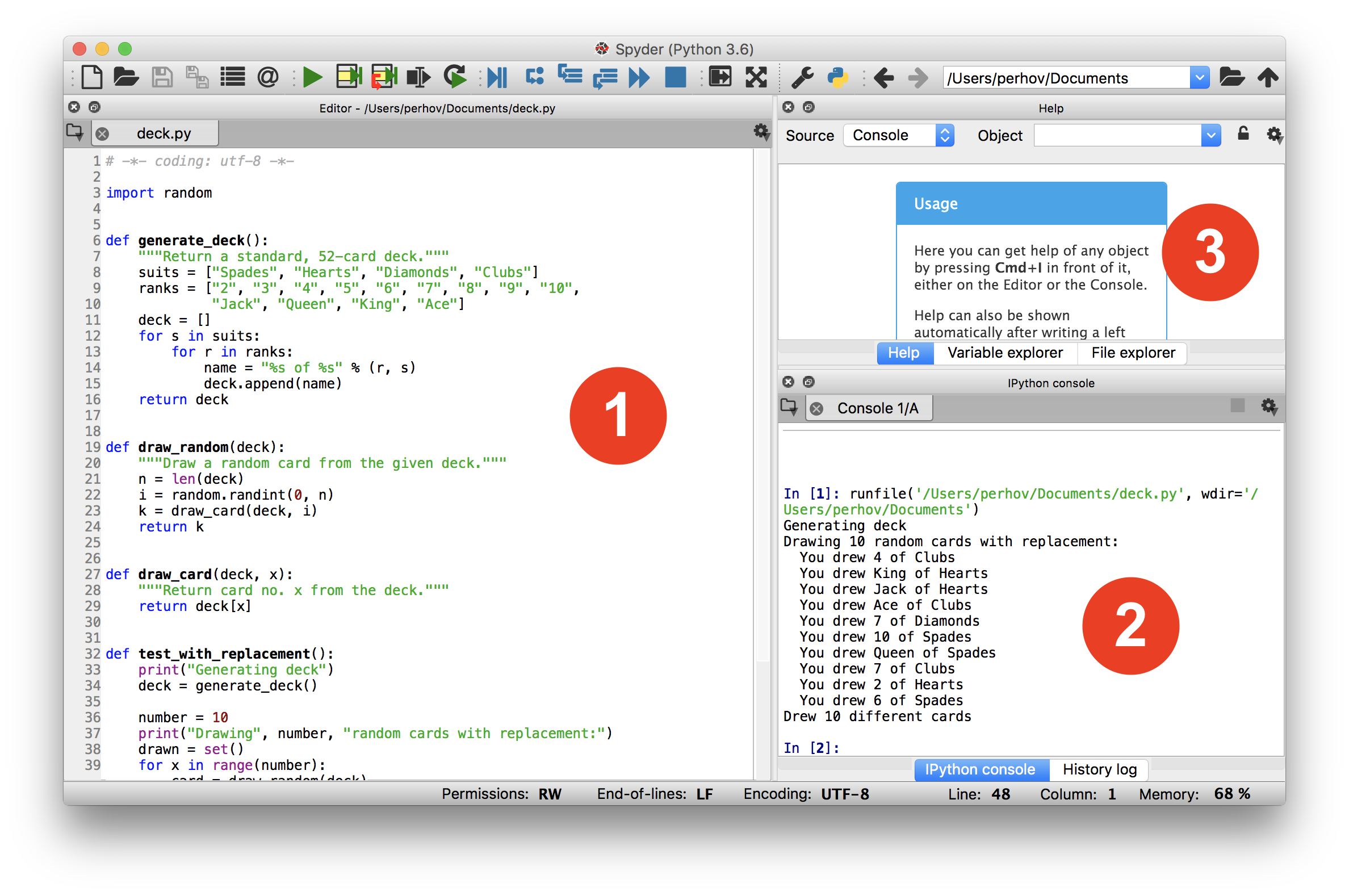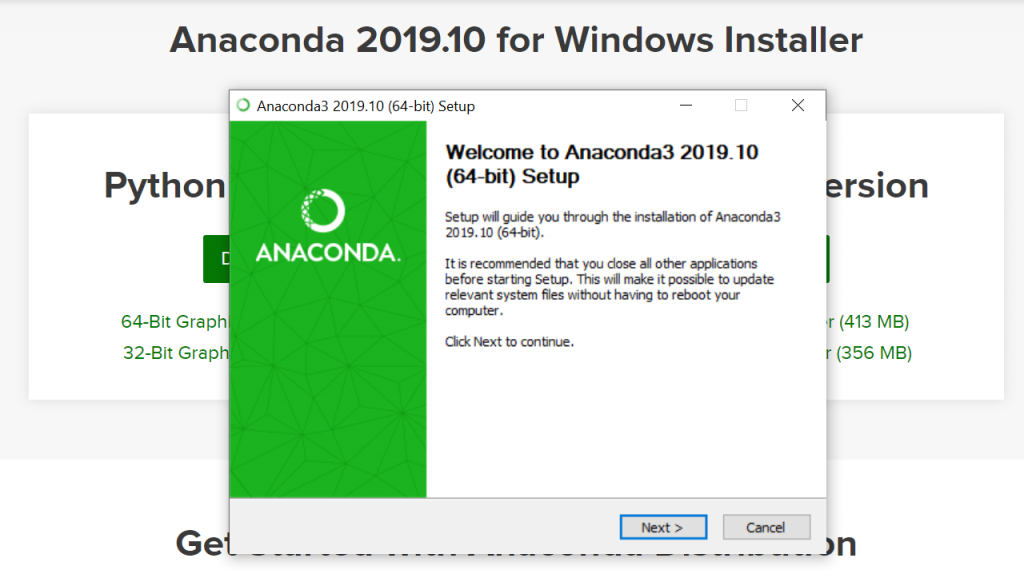

- #RUN PYTHON FILE ANACONDA PROMPT HOW TO#
- #RUN PYTHON FILE ANACONDA PROMPT INSTALL#
- #RUN PYTHON FILE ANACONDA PROMPT CODE#
- #RUN PYTHON FILE ANACONDA PROMPT WINDOWS#
#RUN PYTHON FILE ANACONDA PROMPT WINDOWS#
The possibilities are pretty endless with aliases.Conda is a package, dependency, and environment management tool for Anaconda Python, which is widely used in the scientific community, especially on the Windows platform where the installation of binary extensions can be difficult.Ĭonda helps manage Python dependencies in two primary ways: You’ll first want to create a shortcut to your most frequently used directory such as: function Get-GeneralAssemblyProjects New-Alias -Name gs -Value Get-GitStatus
#RUN PYTHON FILE ANACONDA PROMPT CODE#
You can then open this file with PowerShell by typing ise $PROFILE or by manually opening this file with your preferred code editor. You can check the path of your profile by typing $PROFILE in PowerShell. This will create a profile within your UserProfile\Documents folder. To create a profile, launch PowerShell and enter the following command: New-Item -Type File -Force $PROFILE. This is where we’ll be storing our shortcut commands, which are more formally known as ‘ aliases’.

Next, you’ll want to create a PowerShell profile. A guide to set this up with Anaconda Prompt can be found here. This step is optional, but I prefer using Windows Terminal over stand-alone PowerShell due to the functionality that it offers (Windows Terminal is also much better looking).
#RUN PYTHON FILE ANACONDA PROMPT INSTALL#
To set this up, you’ll first need to install Windows Terminal. Launching Jupyter Notebook with Windows Terminal and PowerShell Aliases For example, I can type cdp3 instead of something like cd C:\Users\***\OneDrive\Desktop\General Assembly\Project3. You can also navigate to directories with this. With a custom alias, you can launch Jupyter Notebook by simply typing jn instead of jupyter notebook. PowerShell allows you to create custom aliases, which is what we’ll do here. For example, instead of typing out Set-Location in PowerShell, you can type cd or chdir to change directories quickly. An alias is basically a console command shortcut.PowerShell is a command-line tool like Command Prompt, except that it gives us the ability to do in-depth system management among several other handy abilities.Some key features include multiple tabs, panes, Unicode and UTF-8 character support, a GPU accelerated text rendering engine, and the ability to customize text, colors, backgrounds, and shortcuts. Windows Terminal is basically a modern terminal application that allows us to use command-line tools and shells like Command Prompt.
#RUN PYTHON FILE ANACONDA PROMPT HOW TO#
In this section, I’ll explain how to use Windows Terminal to access PowerShell and set up custom aliases. This method is slightly more complicated but is much faster and much more versatile.

Additionally, if you receive an error involving zqm.h, you’ll need to add the following folders to your PATH environment variable: NOTE: If you’re using Anaconda, you may have to type activate conda to switch to Anaconda Prompt within Command Prompt. Launching Jupyter Notebook with File Explorer and Command Prompt You can then type jupyter notebook to launch Jupyter Notebook within that specific folder.

Once you’ve entered your specific folder with Windows Explorer, you can simply press ALT + D, type in cmd and press Enter. In this address bar, you can enter in text and navigate to other directories manually. By default, it shows the path of the current folder. Whenever you open a Windows Explorer folder, you’ll see an address bar similar to that in a web browser. Here are two ways that you can drastically cut down on time wasted navigating through folders and files. (If you’re using MacOS, you can look into setting up an automator script or bash alias). Today, I’ll be covering how to use Windows File Explorer, Command Prompt and PowerShell via Windows Terminal to quickly navigate to your directory of choice and launch Jupyter Notebook. Jupyter Notebook is a great tool for data science but can be pretty slow if you constantly need to navigate through multiple directories before launching a notebook file, or if you’re using a clunky GUI like Anaconda Navigator to get to your files.


 0 kommentar(er)
0 kommentar(er)
